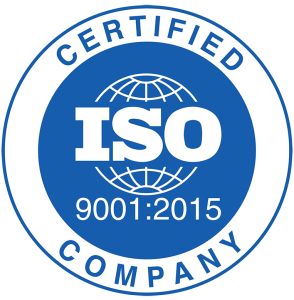The history of metallurgy is very interesting, and has facilitated a huge number of technological advances and developments. Nowadays metals have many different alloys to give the material specific properties. You simply have to look at the wide variety of different steels to see how far metallurgy has come. Steel itself is an alloy of iron and carbon but other elements like nickel, chromium and even silicon can be introduced to make completely different ones that can be used for a wider range of applications.
The fact that there are so many different metallic alloys to choose from means that manufacturers can make a broader selection of products from them. Metal tubing has benefited a great deal from the diversity of materials as companies can pick and choose the best ones for the project they have in mind. If structural strength is required denser steel can be used. On the other hand, if rust proofing is important the producer can opt for stainless.
With any type of tubing it is essential that you consider the structural strength. Several factors determine this beyond the material you select including the diameter, the wall thickness and the type of construction. Getting the right metal is important but you also need to keep the other factors in mind to ensure the choice you make is the right one.
Getting the diameter of the tube right is relatively simple. The choice will depend largely on your needs but you should remember that larger diameters will give tubes more strength because the bending moment will be higher.
The wall thickness is similarly easy to understand as a thicker tube will be more difficult to bend. Thick tube walls provide strength, impact resistance and provide protection against denting. When it is essential that tubes bend as little as possible a thicker wall could provide the easiest solution.
The final thing to consider is the type of construction. ERW tubes are the most common because they are cost effective and very easy to make. We take a sheet of material and roll it to create the tube shape before welding the edges together. DOM tubes are slightly different although they are manufactured in the same way. Once welded the tube is taken through a die and over a mandrel, improving the tolerance and making it more concentric. Finally we have seamless tubes. These are the more complex to manufacture, but the fact that they don’t have a weld means they are structurally stronger.
When thinking about the strength of tubing you need to give equal weight to considering the material, the diameter of the tube, the wall thickness and the construction. As professional suppliers of ERW steel tubes in the West Midlands, we can provide quality products for every specification; just get in touch or take a look at our website to learn more.


